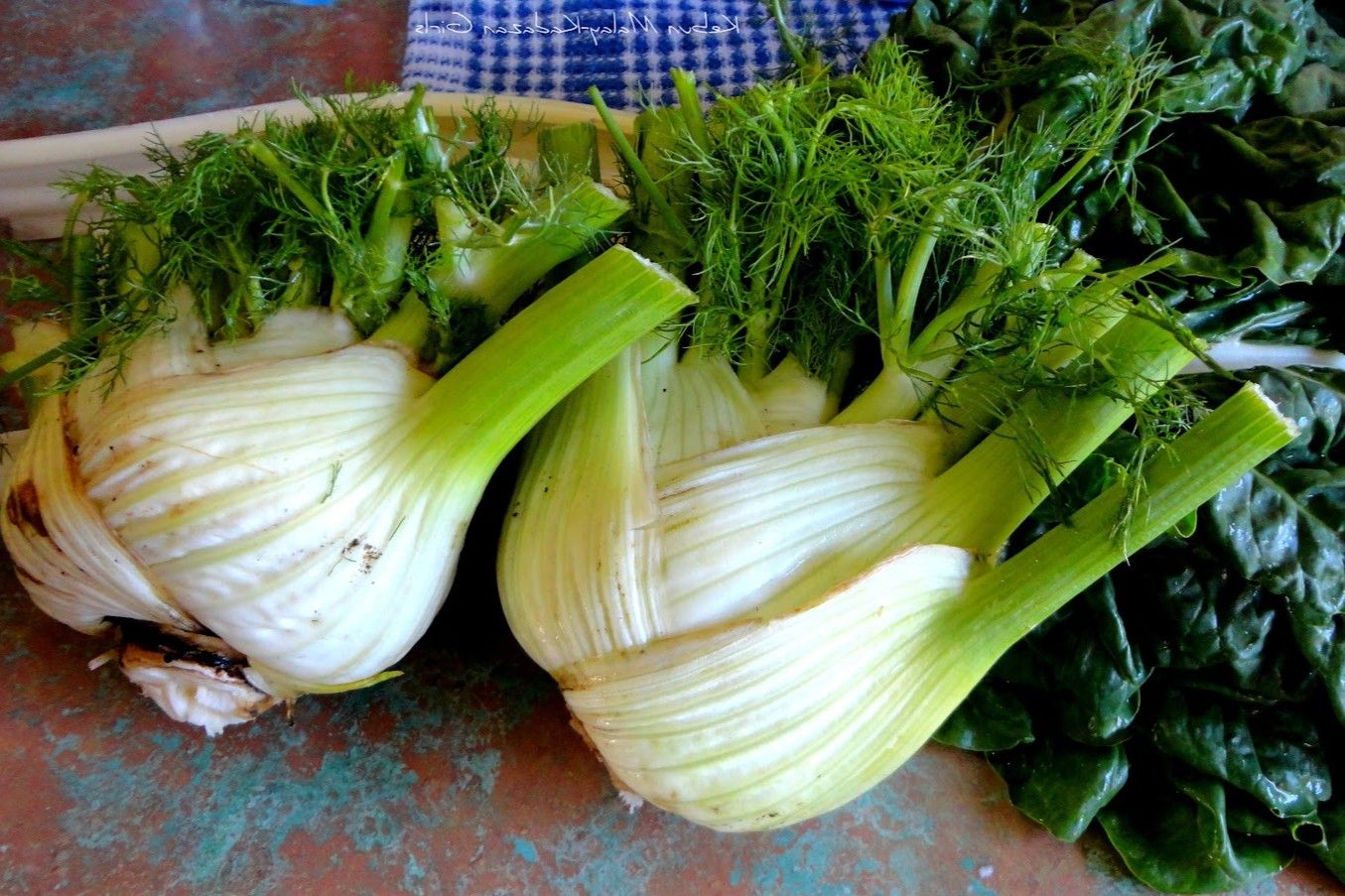
What is Finocchio? Finocchio, also known as fennel, is a flavorful herb with a rich history and many uses. Did you know that this plant has been cultivated since ancient times? Its unique taste, reminiscent of licorice, makes it a favorite in many cuisines. But that's not all—finocchio is packed with nutrients like vitamin C, fiber, and potassium. Ever wondered why it's so popular in Italian dishes? Its versatility allows it to be used in salads, soups, and even desserts. Curious about its health benefits? Finocchio is known to aid digestion, reduce inflammation, and even improve heart health. Ready to learn more? Let's dive into 34 fascinating facts about this amazing herb!
What is Finocchio?
Finocchio, also known as fennel, is a versatile and flavorful herb used in various cuisines. Its unique taste and numerous health benefits make it a favorite among chefs and health enthusiasts alike. Let's dive into some fascinating facts about this remarkable plant.
Historical Significance of Finocchio
Finocchio has a rich history that dates back thousands of years. Its journey from ancient times to modern kitchens is filled with interesting tales.
- Ancient Egyptians used fennel as a food and medicine source. They believed it had magical properties.
- The Greeks and Romans used fennel to flavor their dishes and as a remedy for various ailments.
- In medieval Europe, fennel was hung over doors to ward off evil spirits and witches.
- During the Renaissance, fennel was a symbol of strength and longevity.
- Finocchio was introduced to North America by Spanish missionaries in the 18th century.
Nutritional Benefits of Finocchio
Finocchio is not just a culinary delight; it is also packed with nutrients that offer numerous health benefits.
- Rich in vitamin C, fennel helps boost the immune system.
- Contains dietary fiber, which aids in digestion and prevents constipation.
- High in potassium, fennel helps regulate blood pressure.
- Contains antioxidants like quercetin and kaempferol, which protect cells from damage.
- Fennel seeds are a good source of iron, essential for producing red blood cells.
Culinary Uses of Finocchio
Finocchio's unique flavor makes it a versatile ingredient in many dishes. Its uses in the kitchen are as varied as they are delicious.
- The bulb can be sliced and added to salads for a crunchy texture.
- Fennel seeds are often used in baking, especially in bread and pastries.
- Roasting fennel brings out its natural sweetness, making it a great side dish.
- Fennel fronds can be used as a garnish or added to soups for extra flavor.
- Fennel pairs well with seafood, particularly in Mediterranean cuisine.
Finocchio in Traditional Medicine
Finocchio has been used in traditional medicine for centuries. Its medicinal properties are well-documented in various cultures.
- Fennel tea is commonly used to relieve bloating and gas.
- Chewing fennel seeds can freshen breath and aid digestion.
- Fennel oil is used in aromatherapy to reduce stress and anxiety.
- In Ayurveda, fennel is used to balance the body's doshas and improve digestion.
- Traditional Chinese medicine uses fennel to treat colds and improve eyesight.
Growing Finocchio at Home
Growing your own finocchio can be a rewarding experience. It's relatively easy to cultivate and can thrive in various climates.
- Fennel prefers well-drained soil and full sun.
- It can be grown from seeds or transplants.
- Regular watering is essential, but avoid waterlogging the soil.
- Fennel can be harvested when the bulbs are about the size of a tennis ball.
- Companion planting with dill or coriander can help deter pests.
Fun Facts About Finocchio
Finocchio has some quirky and fun facts that might surprise you. These tidbits add to its charm and appeal.
- Fennel is a member of the carrot family.
- The word "fennel" comes from the Latin word "feniculum," meaning "little hay."
- In Greek mythology, Prometheus used a fennel stalk to steal fire from the gods.
- Fennel pollen is considered a gourmet spice and is often called "the spice of angels."
- Florence fennel, also known as finocchio, is a variety cultivated for its bulbous stem.
Cultural Significance of Finocchio
Finocchio holds a special place in various cultures around the world. Its cultural significance is as rich as its flavor.
- In Italy, fennel is a key ingredient in the traditional sausage, finocchiona.
- In India, fennel seeds are often chewed after meals as a digestive aid.
- In France, fennel is a crucial ingredient in the classic fish stew, bouillabaisse.
- In the United States, fennel is gaining popularity as a health food and gourmet ingredient.
The Final Scoop on Finocchio
Finocchio, or fennel, is more than just a crunchy veggie. Packed with nutrients, it’s a powerhouse for your health. From aiding digestion to boosting your immune system, this plant has a lot to offer. Its distinct flavor can jazz up many dishes, making it a favorite in kitchens worldwide. Whether you’re munching on the bulb, snacking on the seeds, or sipping fennel tea, you’re in for a treat. Plus, it’s been used in traditional medicine for centuries, proving its worth beyond the dinner table. So next time you see finocchio at the market, grab some and give it a try. Your taste buds and body will thank you. Dive into the world of fennel and discover its many benefits for yourself. Happy eating!
Was this page helpful?
Our commitment to delivering trustworthy and engaging content is at the heart of what we do. Each fact on our site is contributed by real users like you, bringing a wealth of diverse insights and information. To ensure the highest standards of accuracy and reliability, our dedicated editors meticulously review each submission. This process guarantees that the facts we share are not only fascinating but also credible. Trust in our commitment to quality and authenticity as you explore and learn with us.
